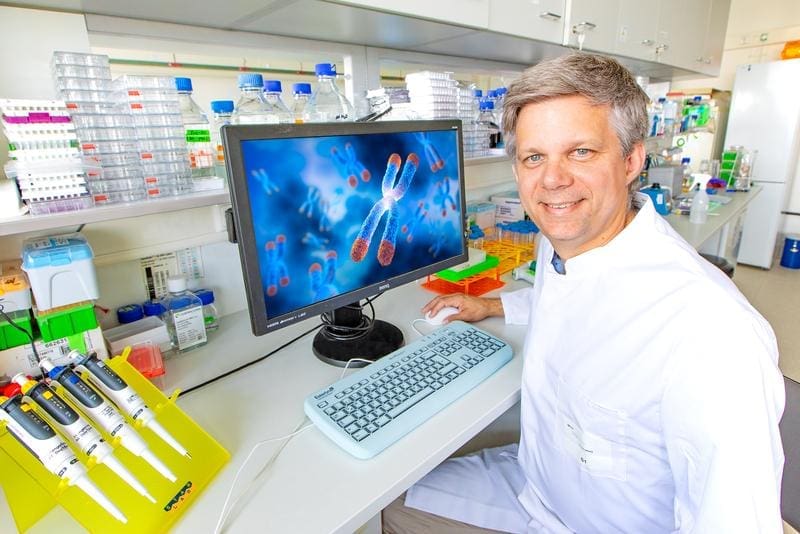Centromeres and immunity: new findings for improved therapies
For the first time, researchers have discovered a direct link between centromeres, the chromosome regions central to cell division, and the immune system. This finding could advance the development of new immunotherapies against cancer and chronic inflammatory diseases. The results were published in the scientific journal “Cell”.

The study, conducted at the Institut Curie in Paris under the direction of Professor Nicolas Manel and Dr. Xavier Lahaye in collaboration with Professor Daniele Fachinetti, used virus mutants of the herpes simplex virus type 1 (HSV-1) developed by Professor Lars D├Člken ‘s team at the Hannover Medical School. These viruses penetrate the cell nucleus and disrupt the stability of the centromeres, which triggers an unusual DNA multiplication in these regions. The cell recognizes this change and activates its immune system, stimulating an antiviral response throughout the organism.
The discovery of this mechanism opens up new perspectives for immunotherapies that specifically stimulate the immune system to fight tumor cells or viruses. The researchers hope that the decoded processes will contribute to the development of innovative treatment approaches that are effective against both viral infections and cancer.
Original Paper:
Centromeric DNA amplification triggered by viral proteins activates nuclear cGAS – ScienceDirect
Read also:
In animal experiments: T-cell immunotherapy works against glioblastoma – MedLabPortal
Researchers visualize immunotherapy against cancer – MedLabPortal
Editorial office: X-Press Journalistenb├╝ro GbR
Gender note. The personal designations used in this text always refer equally to female, male and diverse persons. Double/triple references and gendered designations are avoided in favor of better readability.




